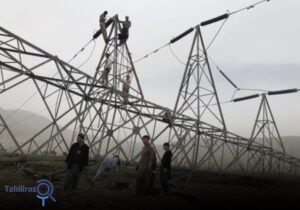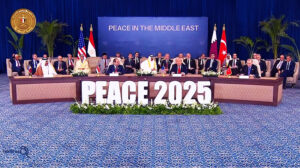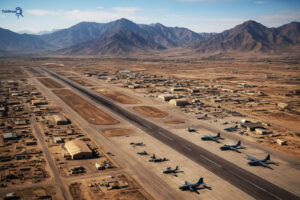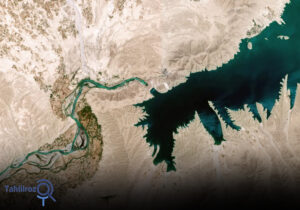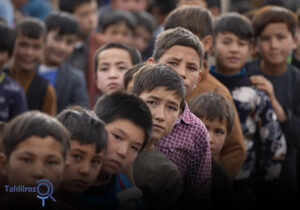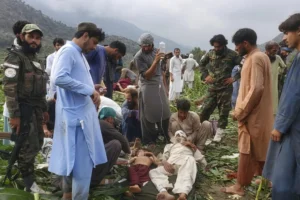Afghan Children
In a world where human challenges are becoming more complex every day, children have always been the first and most vulnerable victims of wars, poverty, and forced migrations. Afghanistan, a country that has been embroiled in war, instability, and political crises for over four decades, today presents one of the most tragic human scenes, where millions of children are struggling with hunger, lack of education, and an uncertain future.
In such circumstances, the news from the United Nations Children’s Fund (UNICEF) regarding the allocation of 10 million Euros by the European Union to support Afghan children, especially those returning from neighboring countries, brings a glimmer of hope amid the ongoing darkness of this land.
However, the fundamental question remains: Can international aid truly create a brighter future for Afghan children, or will these efforts only serve as a temporary bandage on their deep wounds? This article seeks to analyze this question comprehensively and demonstrate why international aid for Afghan children is not only necessary but vital.
Humanitarian Crisis in Afghanistan and Children Amid Collapse
Afghanistan is currently experiencing one of the most severe humanitarian crises in the world. According to a United Nations report, more than 28 million people in the country are in need of humanitarian assistance, and more than half of them are children. UNICEF estimates that over 15 million Afghan children face immediate threats: from malnutrition to deprivation of education and the danger of forced labor.
Malnutrition is one of the most serious threats. According to official statistics, more than 3.5 million children under the age of five in Afghanistan suffer from malnutrition, and approximately 1.4 million of them are affected by severe acute malnutrition. These figures not only represent a life-threatening situation for thousands of children but also indicate a generational crisis. Children who are deprived of adequate nutrition in their early years often face irreversible physical and mental disabilities, meaning Afghanistan’s future will be confronted with a generation that will be incapable of rebuilding the country.
The issue is not limited to nutrition. Afghanistan’s education system, especially after 2021, has experienced a widespread collapse. More than 3.7 million children are deprived of access to education, two-thirds of whom are girls. The educational deprivation of girls, which is a result of the Taliban’s policies, is in fact considered a “generational catastrophe,” as half of the country’s future population is excluded from the cycle of knowledge.
On the other hand, the widespread return of migrants from neighboring countries has exacerbated the crisis. The children of these returning migrants return to Afghanistan in conditions where they have no access to education, healthcare services, or even proper shelter. Many of them have been separated from their families and are at risk of human trafficking, forced labor, and violence. UNICEF reported that last year, it assisted only 14,000 children separated from their families. Although this number is significant, it seems trivial in the face of the real scale of the crisis.
All of these realities indicate that the crisis of children in Afghanistan is not a peripheral issue, but rather the core of the humanitarian crisis in this country. Without addressing the situation of children, no solution to Afghanistan’s social, economic, and even political reconstruction will be possible.
- International Aid for Afghan Children: A Necessity for Today’s Society
Between Politics and Humanity; Why International Aid is Vital?
International aid in Afghanistan has always been associated with political and security concerns. Some countries fear that this aid might reach the Taliban, either directly or indirectly, and be used for their political goals. However, the humanitarian realities are so serious and undeniable that the international community is compelled to find ways to deliver this aid to the people, especially to children.
The 10 million Euro aid from the European Union, although small in the scale of the current crisis, has multilayered significance. First, it shows that the international community, despite political issues with the Taliban, is unwilling to let Afghan children become victims of power struggles. Second, this aid carries a clear political message: Europe wants to show that it can prevent the complete collapse of social services in Afghanistan through international organizations.
The necessity of this aid can be understood from several angles:
First, from a human rights perspective, the United Nations Convention on the Rights of the Child, which Afghanistan has also signed, emphasizes the right of children to access education, healthcare, and security. Today, without international intervention, these fundamental rights are severely violated in Afghanistan.
Second, from the perspective of social security and future-building, a child who today suffers from malnutrition or educational deprivation will tomorrow become a person who either cannot contribute to the country’s reconstruction or, in the worst-case scenario, will be driven towards delinquency, extremism, or forced migration. In this sense, helping children is not just a moral act, but an investment in regional and global security.
Third, from the perspective of humanity beyond politics, the Afghan children’s crisis is so widespread and shocking that the international community cannot merely view it through the lens of politics. The image of children living in winter without proper clothing or shoes, or children who are forced to work instead of going to school to support their families, challenges the global conscience.
Thus, international aid for Afghan children is not only a humanitarian duty, but a necessity whose neglect could have irreparable consequences at regional and even global levels.
- The Future of Afghan Children and the Responsibility of the International Community: From Temporary Relief to Sustainable Solutions
Although international aid, such as the recent EU initiative, is crucial, the fundamental question still remains: Can this aid create a brighter future for Afghan children, or will it only serve as a temporary fix? To answer this question, two levels need to be distinguished:
Immediate Actions and Sustainable Solutions.
At the immediate level, food, health, and educational aid can save the lives of millions of children and prevent the crisis from worsening. For example, UNICEF, with EU financial support, has been able to provide 62,000 therapeutic food cartons for children and train more than 1,600 health workers to combat malnutrition. These urgent measures are vital, and without them, thousands of children will lose their lives.
However, the second level, namely sustainable solutions, requires a more comprehensive approach. The future of Afghanistan’s children will only be guaranteed if three key areas are simultaneously addressed:
First, structural reforms in the education and social systems. As long as girls are deprived of education and the country’s education system remains in crisis, no aid can create a sustainable future. The international community must use diplomatic tools to pressure the Taliban to reopen schools and respect children’s rights.
Second, strengthening regional cooperation. Neighboring countries, especially Iran and Pakistan, which host millions of Afghan migrants, must be involved in this process. Regional cooperation can help ease some of the crisis’s burden.
Third, continuity and increased global financial commitments. OCHA has estimated that at least $500 to $600 million annually is needed to maintain basic healthcare and education services in Afghanistan. In comparison, the 10 million Euro aid from the EU, although valuable, cannot meet the broad needs. The global commitment must go beyond symbolic gestures and lead to sustainable, long-term programs.
In the end, Afghanistan’s children today stand at a crossroads: a path leading to despair, poverty, and illiteracy, and a path that, with global support and investment, could promise a brighter future. The international community, especially through organizations like UNICEF and the financial support of the EU, must strengthen the second path. Because saving Afghanistan’s children is not just about saving a generation; it is about saving the future of a nation and ensuring the security and stability of a region.
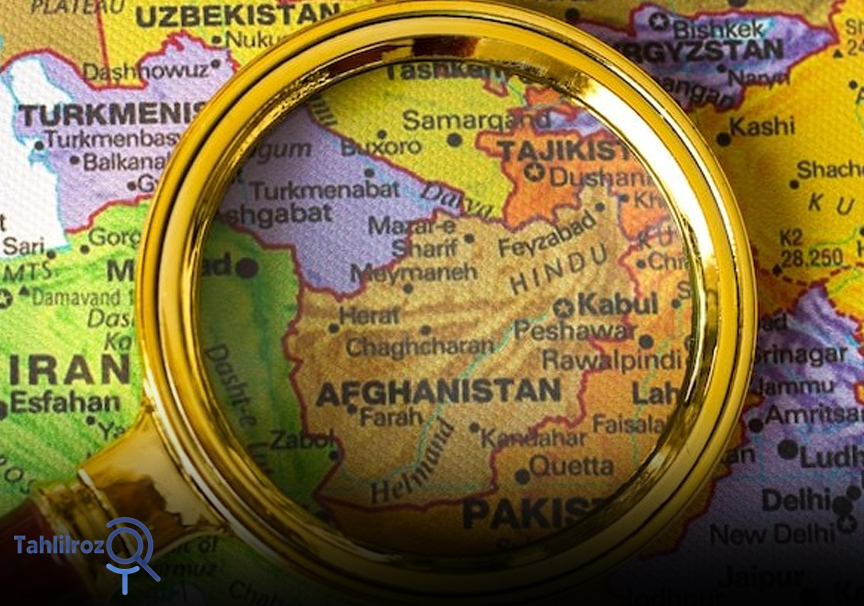
Conclusion
The humanitarian crisis in Afghanistan has primarily targeted children more than any other group. They are the silent victims of wars, migrations, and failed policies. International aid, such as the recent 10 million Euro initiative by the EU, while vital and valuable, can only lead to a brighter future when accompanied by structural reforms, regional cooperation, and sustainable global commitments.
The question posed at the beginning now appears clearer: International aid can indeed shine a light on the darkness of Afghanistan’s children’s crisis, but only if that light becomes a lasting beacon, not just a fleeting spark. Afghanistan’s future hinges on the fact that the international community must, beyond politics and short-term interests, recognize the children of this land as humanity’s greatest asset and fully fulfill its responsibility towards them.
Sediqullah Faizi

